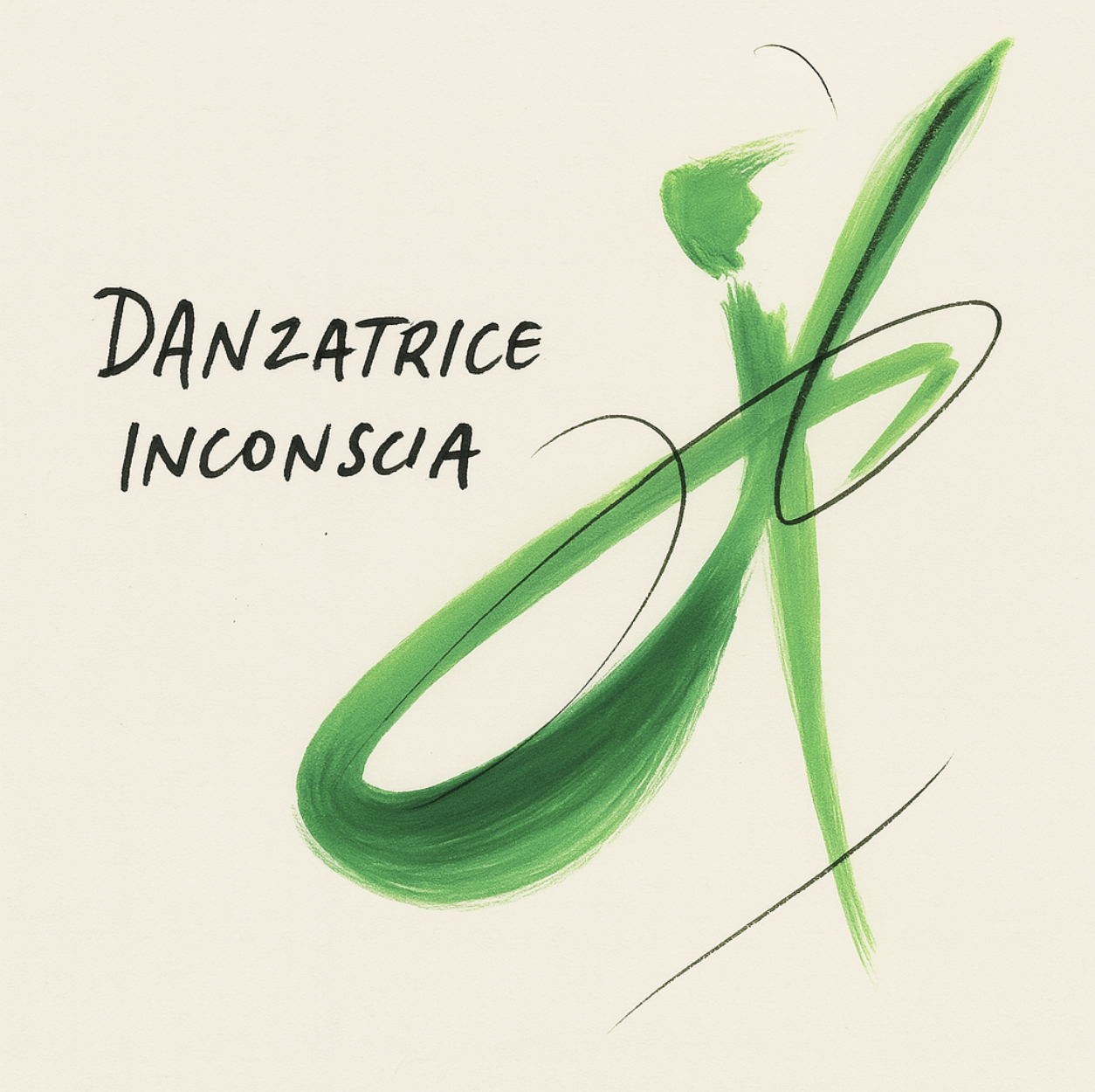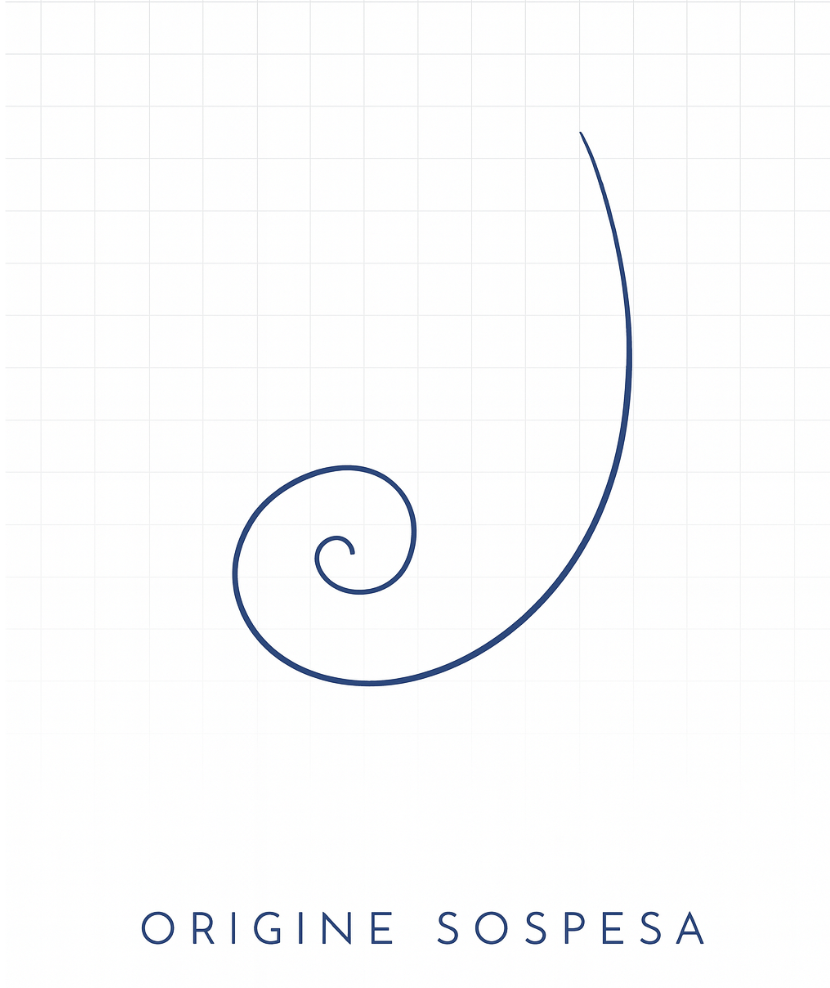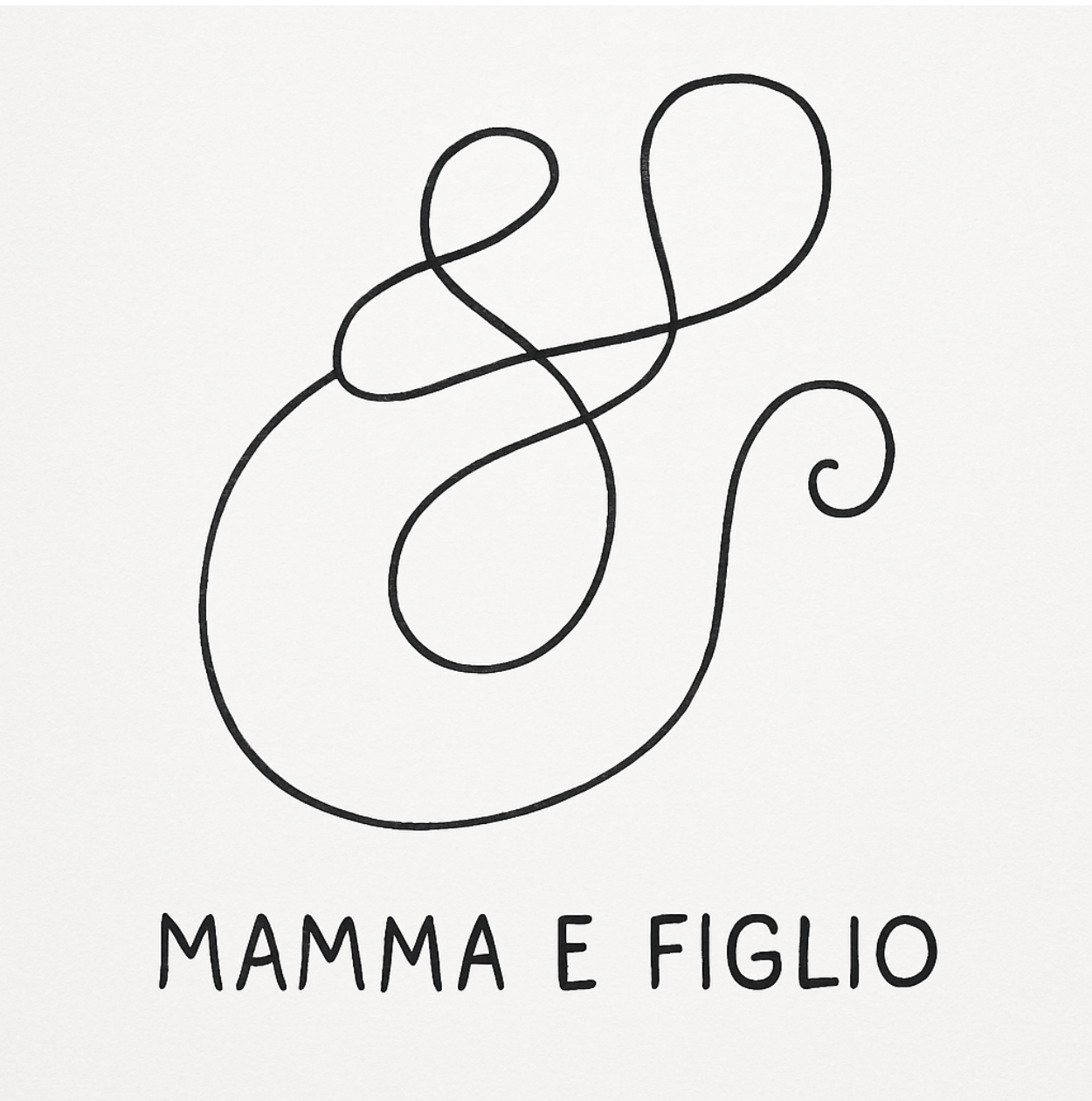INNERREALISM AS THE AESTHETIC DIMENSION OF PROBABILISTIC PHILOSOPHY
InnerRealism is the aesthetic dimension of the Probabilistic Life. It gives image and action to a world shaped by presence, emergence, and shared archetypes,not by fixed meaning or causal logic. It visualizes and performs:Attunement as perceptionUncertainty as vitalityObservation as creationRelational space as truthPre-personal image as realitySymbolic action as beingInnerRealism is a visual and performative rehearsal for living probabilistically. It is a way of perceiving and generating reality that exposes the inner structures of perception, emotion, and thought as realities in their own right. Rather than representing the external world, it renders the inner conditions that shape experience, memory, and becoming. It is the field where meaning is sensed rather than illustrated, where reality is co-created.The artist enters this field ready to engage with the probabilities it offers, responding to whatever their presence collapses in the moment of creation. In this probabilistic space, the artist's actions condense potential into a readable experience.InnerRealism is a training ground for living with uncertainty. By entering a fluid field of probabilities, the artist cultivates inner clarity and resonance. Instead of resisting the unknown, InnerRealism leans into it, teaching artists and audiences to navigate uncertainty with presence and responsiveness. It harvests reality from within.While classical realism looks outward toward a dualistic, determined world shaped by reason and abstracted through language to fit the principle of non-contradiction, InnerRealism turns inward. It enters the self as a cosmological landscape and renders it through experiences, feelings, emotions, images, symbols, texts, and performance systems. It is the artistic practice of a probabilistic, non-deterministic inner field.If Probabilistic Philosophy is the thought system that frames the world as relational, contingent, and emergent, then InnerRealism is its aesthetic gesture,a lived investigation of inner space as a microcosm of this probability field. We apply InnerRealism across multiple creative directions: visual storytelling for ProbabilisticStages and The Probabilistic Life series, image prompts for generative performance, philosophical illustrations for Instagram, and inner-world data-mining.The visual landscape of InnerRealism offers portals and provocations for generative processes. It is an evolving aesthetic and philosophical practice that treats the inner world as primary reality, visualizing consciousness, emotion, thought, memory, and perception as realities rather than as byproducts representing an external world.InnerRealism is not dreamlike, not surreal, not an abstraction. These labels belong to a tradition that splits art from life, image from origin, and self from world. InnerRealism refuses this split. It emerges from the inner world as it is,prior to explanation, prior to dualism, prior to interpretation. It gives form to pre-conceptual reality, to the shared archetypal substratum we carry in our psychic field.Where surrealism juxtaposes and distorts outer reality to express the unconscious, InnerRealism excavates. Where abstraction drifts away from the world, InnerRealism reveals the world beneath the world. It is non-dual, without a boundary between self and other. It is the field from which archetypes, myths, images, and meanings emerge. This probability field is symbolic because it is the "thing" before names.To live or create from this field is to stand within being, not to look at it from a distance. InnerRealism lets what is within surface. It engages through participation rather than interpretation, revealing truth through presence rather than portrayal.InnerRealism is a philosophical-aesthetic stance toward reality that asks us to create and live from the inside out: to make the pre-verbal, shared field of being visible; to dissolve the separation between self and image, artist and world, theatre and life. It is reality before dream is needed; a shared origin before explanation, ego, or dualism.Here, inner reality arises from the pre-conceptual strata of experience, where image, sensation, and archetype converge before thought gives them names. While surrealism distorts outer reality to express the unconscious, InnerRealism takes a more radical step: it renders the inner world as real, primary, shared, and generative. It harvests reality from within, collapsing symbolic pressure into form rather than illustrating meaning. It does not describe the world; it remembers what lies beneath it.In InnerRealism, reality is a shifting field of emergent meaning shaped by attention, intuition, and symbolic resonance. The images, texts, and performances it generates act as portals into deeper dimensions of experience.
Philosophical Foundation
InnerRealism emerges from your Probabilistic Philosophy, especially the idea that inner life is not a representation but a generative force. It visually echoes principles such as:
Emergence over essence
Multiplicity over fixed identity
Relational space instead of a fixed perspective
The symbolic as epistemological (symbols reveal truths not reducible to logic)
It draws on Jungian active imagination, quantum cosmology, observer-dependence, Nietzschean aesthetics, the dissolution of Platonic idealism, and theatre practices such as TransPerformance and symbolic performance fields.
InnerRealism is rooted in Probabilistic Philosophy, which proposes that:
The inner life is not secondary to reality; it generates it.
Symbols are epistemological agents instead of representations.
A Truth emerges in the moment of relation.
Being is participatory, co-created, and fluid.
It draws on:
Jungian Active Imagination – The psyche as a symbolic ecosystem
Severino, Galimberti, and Vattimo – Interpretations of Western Classic Philosophy
Nietzschean Aesthetics – Reclaiming the body, rejecting Platonic metaphysics
Quantum Cosmology – Observer-dependence, indeterminacy, field potential
Boal-inspired Theatre – Symbolic embodiment, real-time transformation, collective participation



